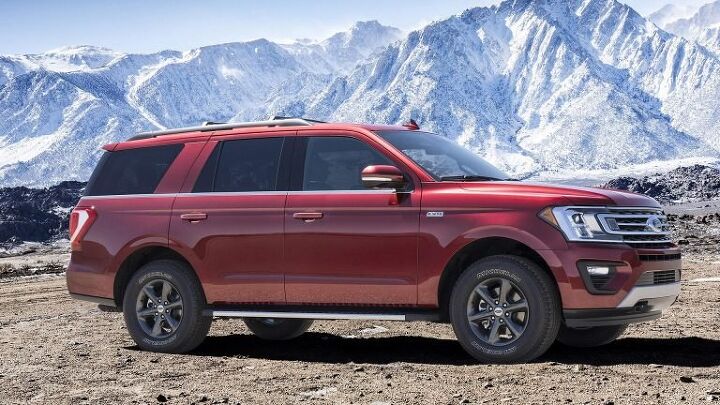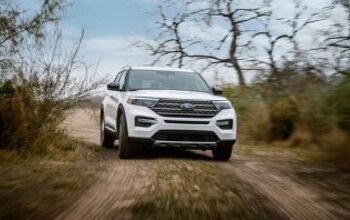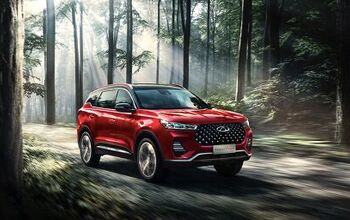Two Ways of Rolling Away: Ford Doubles Up on 10-speed-related Recalls

Ford Motor Company is calling back nearly 350,000 trucks and SUVs in North America to prevent possible rollaway incidents. The issue — one we’ve grown used to as of late — involves drivers thinking they’ve shifted into park while the vehicle is actually still in gear.
However, this recall isn’t the fault of confused drivers not understanding their newfangled shift levers or dials. There’s a real, physical problem here.
According to the automaker, a gearshift cable clip may become unseated or dislodged, resulting in the transmission being in a gear different than the one indicated by the position of the shift lever. This situation could see drivers exit their cars while the vehicle is still in reverse, neutral, or drive. Ford claims there would be no warning chime to alert drivers to the issue, and an occupant would still be able to remove the key from the ignition.
The vehicles involved in the recall are 2018 Ford F-150s and Expeditions with 10-speed automatic transmissions, along with Ford F-56- and 750s from the same model year. The larger trucks contain six-speed automatics. All told, the recall covers 347,425 vehicles in North America, 292,909 of them in the United States. Notifications will be sent out starting on April 16th.
In the interim, owners of these models are advised to use their parking brake to ensure the vehicle stays stationary. One incident and one injury is associated with the problem.
While the callback covers a lot of vehicles, it isn’t the only rollaway-related recall on Ford’s plate this week. A separate recall covers just 161 vehicles from the 2018 model year. This one involves the Ford F-150, Expedition, Lincoln Navigator, and Ford Mustang — each one equipped with a 10-speed automatic.
In this recall, a roll pin that attaches the park pawl rod guide cup to the transmission case might go missing, resulting in the vehicle losing its “park” function. Again, there would be no indication — via chimes or any other warning — than anything was amiss. No injuries have been recorded with this fault.
Look, that parking brake is your friend, folks.
[Image: Ford Motor Company]

More by Steph Willems
Latest Car Reviews
Read moreLatest Product Reviews
Read moreRecent Comments
- ToolGuy TG likes price reductions.
- ToolGuy I could go for a Mustang with a Subaru powertrain. (Maybe some additional ground clearance.)
- ToolGuy Does Tim Healey care about TTAC? 😉
- ToolGuy I am slashing my food budget by 1%.
- ToolGuy TG grows skeptical about his government protecting him from bad decisions.


































Comments
Join the conversation
Ford trucks and SUV are of poor quality. They should stick to cars. Ford - what a disgrace.
I bought a Ford because at the time they were the only ones making a smallish hybrid suv with awd. The hybrid system has been fine. The rest of it has been the least reliable vehicle I've ever owned. (And I've owned a Chysler car.) Two failues in the steering system alone, either of which could have been fatal and only one of which was eventually recalled. Never again.